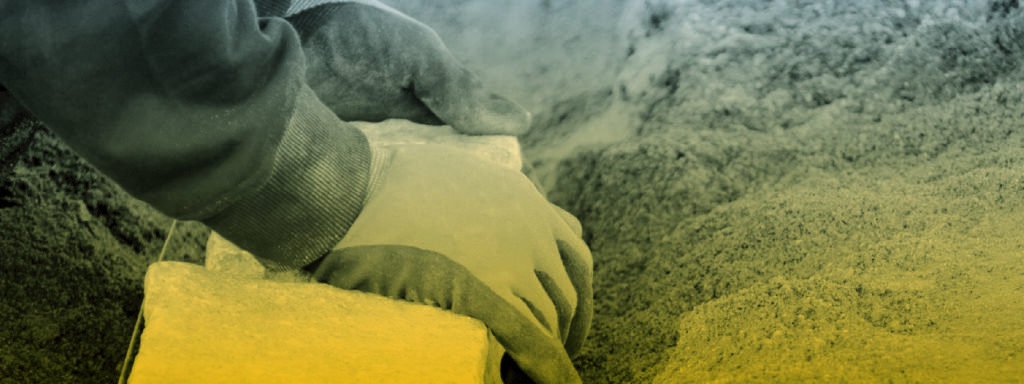
Polycor U
System Used: Base and Natural Stone Pavers
The first step to a proper hardscape installation is to know the different steps that must take place. A Hardscape job has many layers, find out what these are.
El primer paso para una instalación adecuada de paisajismo duro es conocer los diferentes pasos que deben llevarse a cabo. Un trabajo de paisajismo duro tiene muchas capas, descubre cuáles son.
Understanding the Interlocking Paver System – Engineering for Durability
The main benefit of an interlocking paver system lies in its fundamental engineering principle: using rigid individual units within a flexible overall system. This approach dramatically increases installation durability because individual pavers can shift and accommodate ground movement without compromising the integrity of the entire installation. Understanding how this system works helps explain why properly installed paver patios and walkways can last for generations while providing superior performance compared to rigid alternatives.
The interlocking mechanism depends on jointing sand that “locks” pavers into place by filling the joints between them completely from top to bottom. This sand creates friction within the joints while distributing weight placed on the pavers over a much larger area than the individual paver footprint. Engineers refer to this phenomenon as conical load distribution, which essentially means that paving stones can withstand substantial weights by sharing loads among multiple pavers rather than bearing weight individually.
Whether supporting a heavy barbecue grill, outdoor fireplace, or vehicle traffic, the weight transfers through the sand-filled joints to surrounding pavers, preventing individual pieces from bearing excessive loads that could cause cracking or settling. This load distribution principle explains why properly installed paver systems can support surprisingly heavy loads while maintaining structural integrity over decades of service.
The complete interlocking paving system consists of several critical components, each serving specific functions that contribute to overall performance. Understanding these components helps ensure proper installation and long-term success.
The foundation begins with excavating to predetermined depth, removing organic materials and unstable soils that could cause future settling. The first structural layer is the compacted soil subgrade, which provides the stable foundation upon which the entire system depends. Proper evaluation of existing soil conditions, amendment techniques when necessary, and appropriate compaction methods ensure this foundation can support the intended loads.
Above the compacted subgrade, a geotextile layer prevents the soil from mixing with the base layer materials. This separation maintains the integrity of both layers while allowing proper drainage and preventing the base materials from gradually working down into the subgrade over time.
The base layer provides the primary load-bearing structure of the system. Base thickness must be appropriate for soil conditions and intended use, with proper construction techniques ensuring adequate support and drainage characteristics.
The bedding layer sits directly beneath the pavers, providing final leveling and accommodation for minor variations in base thickness or paver dimensions. Proper screeding techniques ensure consistent paver installation while maintaining drainage characteristics.
Natural stone pavers possess different properties than concrete pavers, requiring understanding of these differences to achieve optimal results. The inherent strength and durability of natural stone, combined with its unique aesthetic characteristics, provide the undeniable long-lasting beauty that distinguishes quality installations.
Edge restraint installation keeps the entire system intact by preventing lateral movement that could cause joint separation and loss of interlocking. Without proper edge restraint, the system cannot function as designed, leading to premature failure.
Sand-filled joints complete the system by providing the essential load transfer mechanism. Without proper joint filling, the interlocking function cannot occur, and the pavers function as individual units rather than as an integrated system.
While this systematic approach might initially seem complex, following these established principles ensures reliable results that have been proven over thousands of years. The famous Appian Way, Europe’s first major highway, demonstrates these principles in practice. Roman engineers used progressively sized aggregates from larger to smaller particles, compacted by livestock traffic, then placed rigid stone pavers on top with joints filled with smaller aggregates, all held in place by stone edging.
This ancient example proves the fundamental soundness of the interlocking paver system concept. The Appian Way sections that remain intact today, after over 2,000 years of service, demonstrate the longevity possible when these principles are properly applied.
Modern installations benefit from improved materials and techniques while following the same basic engineering principles that made Roman roads legendary for their durability. Contemporary equipment allows better compaction, engineered base materials provide superior performance characteristics, and precision-cut natural stone pavers ensure better fit and appearance than hand-cut ancient stones.
The rigid natural stone units within a properly built flexible base system enable proper conical load distribution that makes projects last longer while retaining their beauty over time. This proven engineering approach, refined over centuries of development, provides the foundation for creating outdoor living spaces that will be enjoyed for generations while requiring minimal maintenance and providing superior performance under all weather conditions.
Understanding these systematic relationships helps explain why shortcuts or substitutions in any component can compromise the entire installation, while proper attention to each element ensures the exceptional performance that makes natural stone paver installations such valuable improvements to residential and commercial properties.


